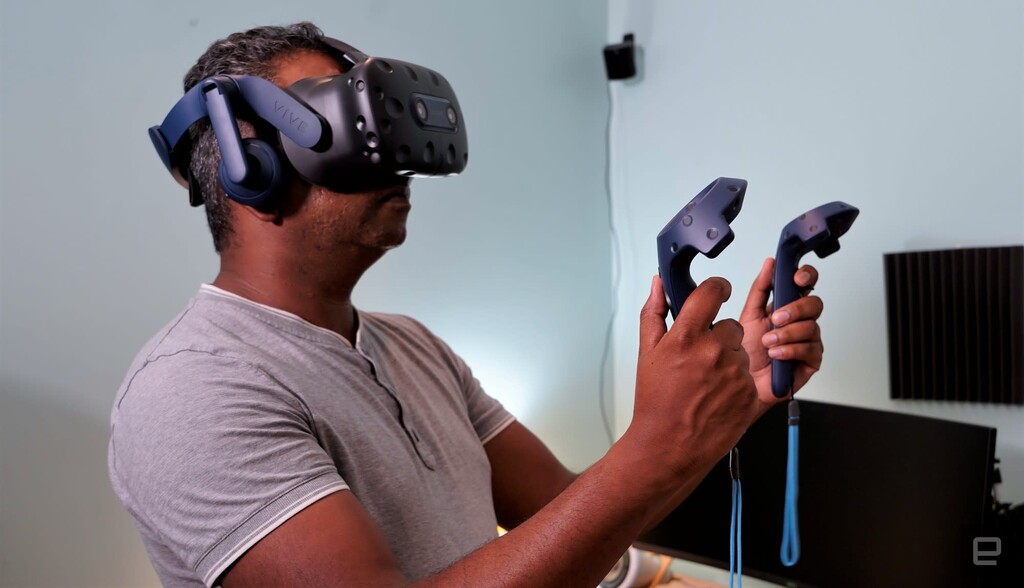
How to Optimize Your VR Images for VR Headsets
Virtual reality (VR) technology has come a long way in recent years, and with the rise in popularity of VR headsets, more and more people are looking to create and view VR images. However, creating VR images that are optimized for VR headsets can be a bit tricky. In this article, we will go over some tips and best practices for optimizing your VR images for VR headsets to ensure that your images are as immersive and high-quality as possible.
First and foremost, it is important to understand that VR images are different from traditional 2D images. VR images are typically panoramic and have a wide field of view, allowing the viewer to look around the image in all directions. This means that when creating VR images, you need to think about the entire 360-degree field of view and not just a single frame.
One of the most important things to keep in mind when creating VR images is resolution. VR headsets have varying resolutions and field of views, so it is important to ensure that your images are high-resolution enough to be viewed clearly on different VR devices. A resolution of at least 4096 x 2048 pixels is recommended for VR images, but it is always better to aim for even higher resolution.
In addition to resolution, it is also important to consider the aspect ratio of your VR images. Most VR headsets have a 2:1 aspect ratio, so it is recommended that your images are created in this aspect ratio to ensure that they will be displayed correctly on different VR devices.
Another important consideration when creating VR images is the color profile. VR images should be in the sRGB color space to ensure that the colors are accurately displayed on different VR devices. Additionally, it is important to make sure that your images are properly calibrated and white balanced to ensure that the colors are as accurate as possible.
One of the most important aspects of VR images is the level of detail. VR images should have a high level of detail to ensure that the viewer is fully immersed in the image. This means that all objects in the image should be clearly visible and in focus, and there should be no visible pixelation or compression artifacts.
Finally, when creating VR images, it is important to think about the viewer's experience. The viewer should be able to move around the image and look at different parts of it, so it is important to make sure that the image is interesting and engaging from all angles. This can be achieved by including different elements in the image, such as people, animals, or interesting landscapes, and by positioning the camera in an interesting way.

